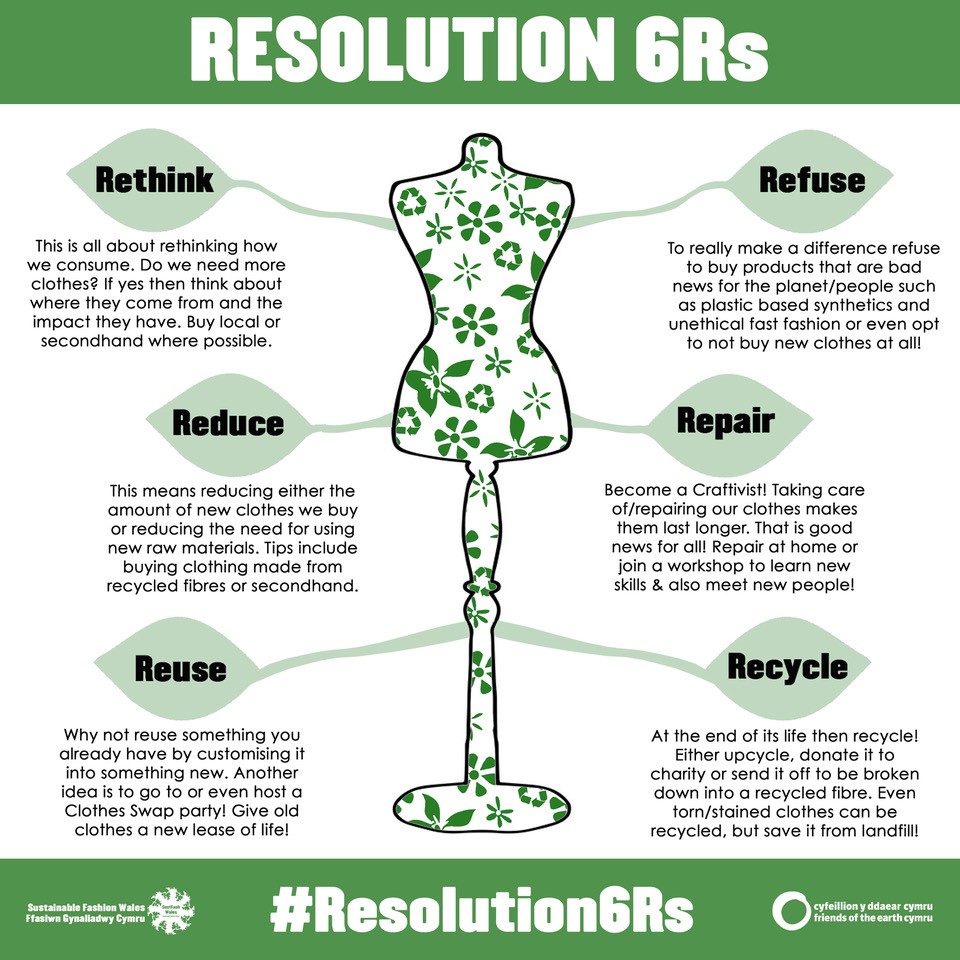The Ultimate Guide To Sustainable Fashion: Choosing Eco-Friendly Clothing

Fashion is more than just attire; it reflects our values and choices. As the urgency of climate change grows, many are turning to sustainable fashion as a solution. This guide will explore what sustainable fashion means and how you can make ethical clothing choices that benefit the planet and its people.

Introduction to Sustainable Fashion
Sustainable fashion refers to clothing that is produced, consumed, and disposed of in a way that is environmentally friendly and socially responsible. It encompasses various practices, from the use of eco-friendly materials to fair labor conditions. Sustainable fashion is significant because it challenges the harmful impacts of fast fashion, promoting a more ethical and sustainable approach to clothing.

The Importance of Sustainable Fashion
The fashion industry is notorious for its environmental and social consequences. According to the Ellen MacArthur Foundation, the fashion sector is responsible for 10% of global carbon emissions. Additionally, it consumes vast amounts of water—up to 2,700 liters for a single cotton t-shirt. This unsustainable model depletes natural resources and contributes to pollution. By understanding these impacts, we can appreciate the need for sustainable fashion, which seeks to minimize harm and promote ethical practices.
Best Practices for Sustainable Fashion
Adopting sustainable fashion practices can be simple. Here are a few actionable tips:
- Buy Less, Choose Wisely: Avoid impulse purchases. Instead, invest in high-quality, timeless pieces.
- Opt for Secondhand: Thrift stores and online resale platforms offer unique options while reducing waste.
- Research Brands: Look for companies that prioritize sustainable materials and fair labor practices.
- Care for Your Clothes: Extend the life of your garments by washing them less frequently and repairing instead of replacing.
By following these practices, you can significantly contribute to fashion sustainability.

Choosing Sustainable Brands
Identifying ethical brands can be challenging, but several companies are leading the charge in sustainable fashion. Notable examples include:
- Patagonia: Known for its commitment to environmental activism and sustainable materials.
- Everlane: Offers transparent pricing and ethical production processes.
- Reformation: Focuses on eco-friendly materials and practices while creating stylish clothing.
When evaluating brands, consider their transparency, commitment to sustainability, and labor practices.

Materials and Their Impact
Sustainability in fashion heavily relies on the materials used. Here’s a breakdown of common sustainable materials:
- Organic Cotton: Grown without harmful pesticides, it’s a safer alternative to conventional cotton.
- Bamboo: A fast-growing plant that requires minimal resources to cultivate.
Recycled vs. Upcycled Materials
- Recycled Materials: These are made from post-consumer waste, reducing the need for virgin resources.
- Upcycled Materials: These involve transforming waste into new products, giving old materials a new life.
Both practices contribute significantly to reducing the fashion industry's environmental footprint.
The Role of Consumers in Sustainable Fashion
Consumers play a crucial role in promoting sustainable fashion. By making informed choices, you can push brands towards more ethical practices. Here are some tips:
- Support Local Brands: Buying from local designers reduces transportation emissions.
- Engage in Conscious Consumerism: Question the sustainability of the products you buy.
- Educate Others: Share your knowledge about sustainable fashion with friends and family.
Your choices have power. By opting for sustainable fashion, you can inspire others to follow suit.

Conclusion
Sustainable fashion is not just a trend; it’s a necessary shift towards a more responsible industry. By understanding its importance and adopting best practices, you can make meaningful contributions to fashion sustainability. Embrace eco-friendly clothing options and support ethical brands to help create a better future for our planet. Together, we can redefine the fashion landscape—one thoughtful choice at a time.
Ready to make a change? Start exploring sustainable fashion options today!